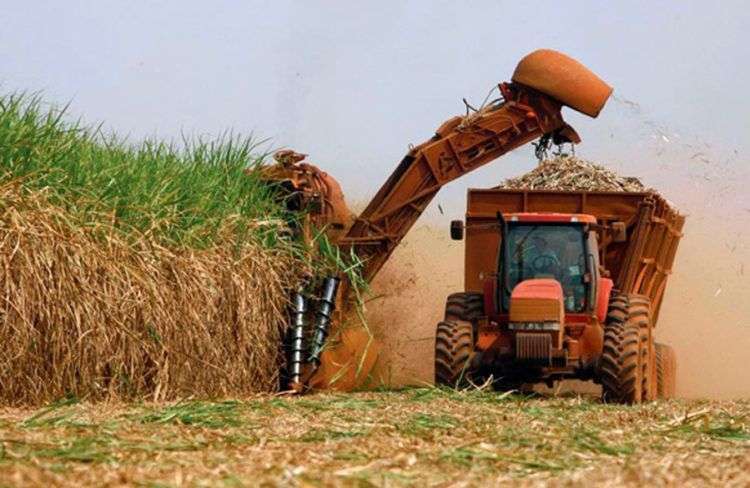Since the beginning of the so-called “small harvest”, Cuba has produced 2.3 times more sugar than in the same period of the previous campaign, but said growth only represents 69% of what was expected to date, sources from the Azcuba business group assured national media.
Failure to comply with the plan is due to the delay in the commissioning of the Boris Luis Santa Coloma (Mayabeque), Mario Muñoz (Matanzas), Enidio Díaz (Granma), Ciro Redondo (Ciego de Ávila) and Carlos Manuel power plants. de Céspedes (Camagüey), which could not start on time due to breakages and problems with the supply of cane.
Dionnis Pérez Pérez, Director of Information Technology, Communications and Analysis at Azcuba, Indian to the state newspaper Granma that “the complexities associated with the lack of financing for the acquisition of resources, and the energy crisis at the time of the repairs” have been the factors that have most influenced the decrease in production compared to the same period of the previous harvest.
Cuban authorities recognize limitations for the revival of the sugar industry
The official highlighted that the mill has been affected above all by the turbogenerators of the Urbano Noris, Mario Muñoz and 30 de Noviembre power plants; the air compressors in the Dos Ríos, and the centrifuges in the Carlos Manuel de Céspedes, according to the Cuban News Agency.
However, he added that some seven thousand tons of sugar have been recovered due to industrial efficiency, with a higher yield of 1.14 percent.
Of the total mills, seven complied with the small harvest plan, especially on July 14, Melanio Hernández, Ciudad Caracas, Fernando de Dios and Héctor Rodríguez, said the sugar director.
The sugar harvest 2022-2023 started in Cuba last November, with the goal of producing less than half a million tons of sugar and starting a revival of this depressed economic sector, once the most important on the island.
In Cuba, only 41% of the sugarcane planned for this year has been planted
The official projection for the current period was 455,198 tons of sugar (lower than the 480,000 of the previous campaign) as a result of grinding 6.5 million tons of cane, according to information from the Cuban authorities at a government meeting held in September. past.
The sugar sector on the Island employs more than 180,000 people directly, counting the families of the workers, so it is considered that more than 700,000 Cubans live from sugarcane production, according to official figures.
The sugar industry was in other times the economic locomotive of Cuba, but it suffered a drastic drop in production starting in the 1990s with the economic crisis that followed the fall of the USSR and the socialist camp in Eastern Europe, points out EFE .
According to the Spanish media, Cuba had 156 factories operating in 1959, at the triumph of the revolution, which in that year produced 5.6 million tons of sugar. Later, productions rose to 8 million tons in the best vintages, registered between 1970 and 1989.


















